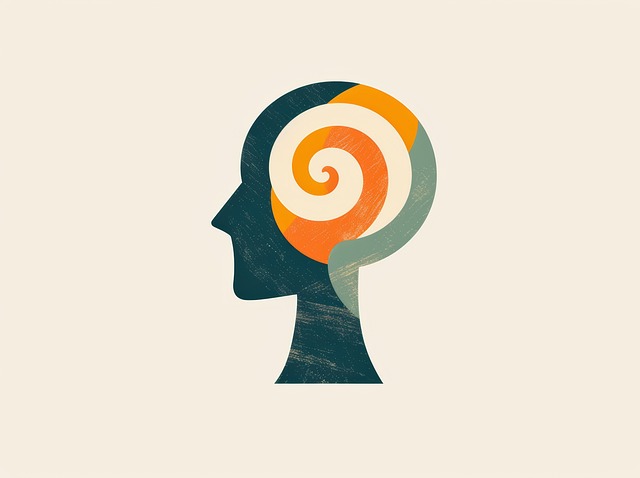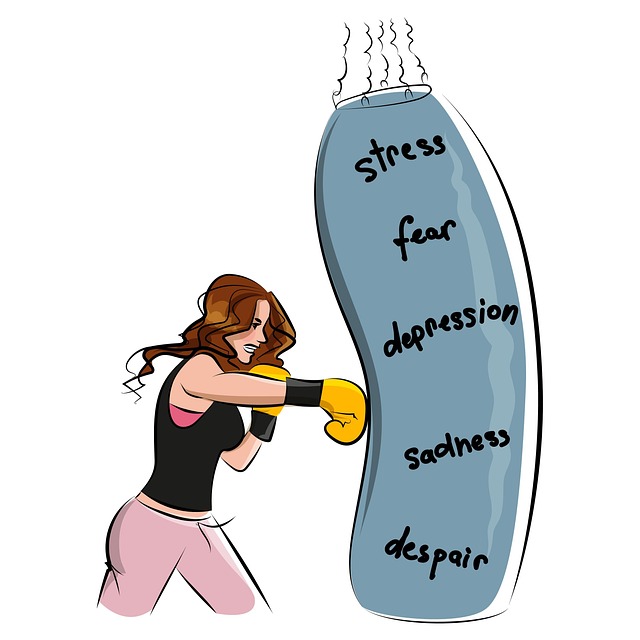Littleton Children Therapy employs a unique, comprehensive approach to evaluate mental wellness programs, blending quantitative (surveys, tests) and qualitative (interviews, focus groups) methods. This dual strategy offers detailed insights into program effectiveness, informing strategic adjustments and enhancing client outcomes. By utilizing standardized tools like depression and anxiety measures, they ensure data-driven decisions, cultural sensitivity, and burnout prevention in their services.
Mental wellness programs are increasingly vital in addressing the holistic well-being of children, making effective evaluation methods crucial. This article explores comprehensive strategies to assess and improve such programs, focusing on various evaluation techniques for Littleton Children’s Therapy. We delve into quantitative and qualitative approaches, from standardized tools like depression scales to participant feedback surveys. Additionally, we discuss longitudinal tracking methods, community engagement, and case studies showcasing successful evaluations, ensuring program effectiveness and positive outcomes for young minds.
- Assessing the Impact of Programs: Metrics and Tools
- – Overview of quantitative and qualitative assessment methods
- – Standardized tools for mental health program evaluation (e.g., depression scales, anxiety measures)
Assessing the Impact of Programs: Metrics and Tools

Evaluating the impact of mental wellness programs is crucial to understanding their effectiveness and making informed decisions. At Littleton Children Therapy, for instance, we employ a multifaceted approach using both qualitative and quantitative metrics to assess program outcomes. This involves tracking key performance indicators (KPIs) such as participant satisfaction, clinical improvements in emotional regulation, and changes in self-care routine development.
Through surveys, interviews, and regular progress reports, we gather insights into the program’s reach and its influence on the well-being of our clients. Additionally, public awareness campaigns development can be gauged by measuring engagement levels and behavioral shifts within the broader community. These tools enable us to refine our strategies, ensuring continuous improvement in delivering services that promote better mental health outcomes.
– Overview of quantitative and qualitative assessment methods

Evaluating mental wellness programs requires a comprehensive approach that blends quantitative and qualitative assessment methods. Quantitative techniques, such as surveys and standardized tests, offer measurable data on symptoms, behaviors, and overall mental health status. This data is crucial for tracking progress, identifying trends, and demonstrating the effectiveness of interventions, especially in contexts like Littleton Children Therapy where evidence-based practices are essential.
Qualitative assessments, including interviews, focus groups, and observations, provide deeper insights into individuals’ experiences, perceptions, and emotional landscapes. These methods are particularly valuable for uncovering nuanced challenges, exploring underlying causes, and understanding the impact of therapy on personal growth and self-care practices. Incorporating both quantitative and qualitative assessment methods allows for a holistic mental health policy analysis and advocacy, enabling more informed decisions regarding program improvements and resource allocation.
– Standardized tools for mental health program evaluation (e.g., depression scales, anxiety measures)

Evaluating mental wellness programs is a critical aspect of ensuring their effectiveness and impact. Standardized tools play a pivotal role in this process, offering consistent and measurable metrics to assess the success of interventions. Depression scales and anxiety measures are commonly used instruments that aid in quantifying an individual’s emotional well-being. These tools are particularly valuable for mental health professionals like those at Littleton Children Therapy, enabling them to track progress over time and tailor treatments accordingly.
By employing standardized methods, such as validated questionnaires and interviews, therapists can accurately gauge the severity of symptoms and monitor changes following program implementation. This data is not only essential for clinical decision-making but also informs strategic planning and Risk Management Planning for Mental Health Professionals. Moreover, considering Cultural Sensitivity in Mental Healthcare Practice and Burnout Prevention, these evaluation methods should be adapted to respect diverse populations and incorporate strategies to mitigate professional stress.
Evaluating mental wellness programs is essential for understanding their effectiveness, particularly in venues like Littleton Children’s Therapy. By combining quantitative data from standardized tools, such as depression and anxiety scales, with qualitative insights gathered through various methods, practitioners can gain a comprehensive view of program impact. This dual-approach ensures that both measurable outcomes and subjective experiences are considered, enabling continuous improvement and enhanced support for clients.














